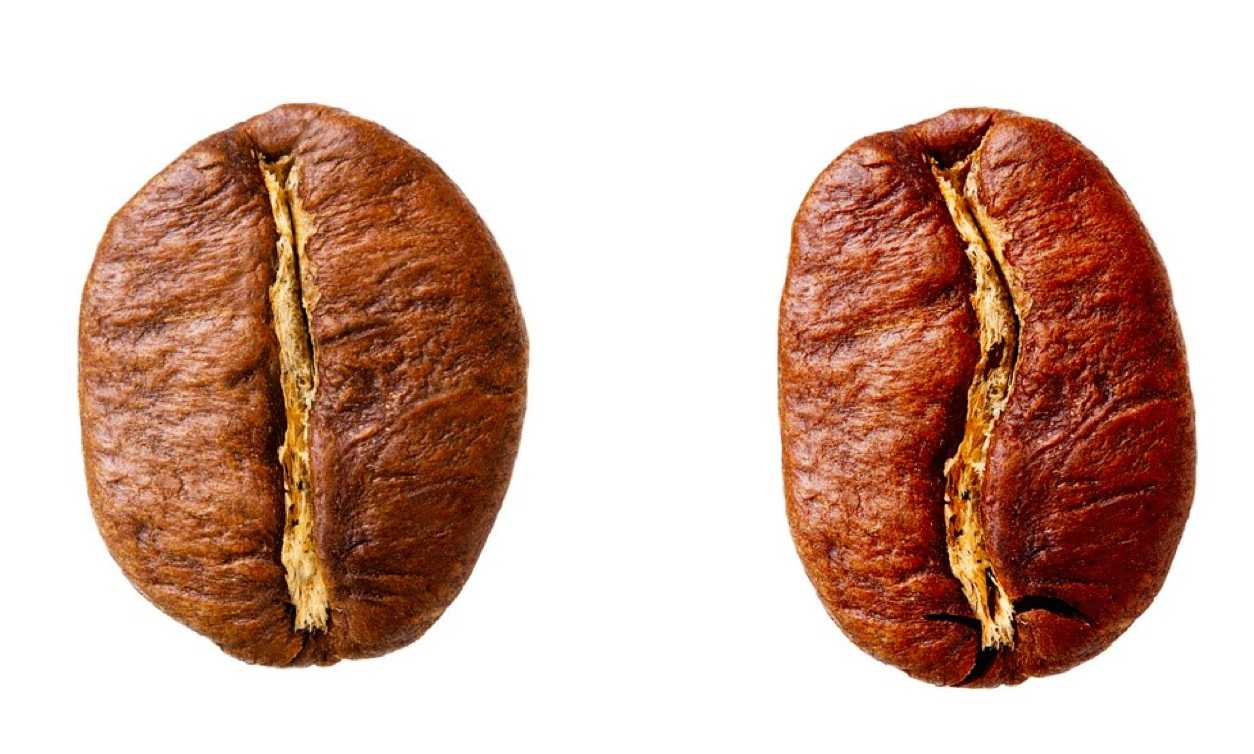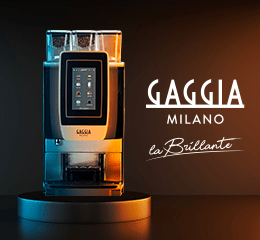Coffee is in growing demand and has a supply that is under increasing pressure which is a recipe for only one thing — coffee fraud. Unscrupulous growers and traders around the world sometimes cut their coffee bean batches with cheaper beans to flesh out the batch and increase profit margins.
However, a team of researchers from the Second University of Naples in Italy has developed a new method of testing coffee for quality using high performance liquid chromatography (HPLC).
The technique allows for quantification of a specific chemical which is found far more abundantly in inferior beans, meaning the discerning coffee brewer is able to keep abreast of exactly what’s in his cup.
A tale of two beans
On the one hand, you have the classy Arabica bean – high in demand, low in supply, difficult to grow, complex in makeup, costly at market. The Arabica is responsible for the sweeter, floral notes in coffee which make it so delicious to so many caffeine lovers.
On the other hand, the Robusta bean (as its name suggests) is much easier to cultivate due to its resilience against blight and pestilence, making it much more readily available and cheaper. It’s also far more bitter and delivers less sophisticated flavours to a cup of coffee.
Any self-respecting coffee-lover worth their salt will be able to tell the difference between a cup of Arabica bean coffee and a Robusta bean coffee. But when the two varieties are mixed, the differentiation becomes more difficult.
Taking advantage of this fact, many traders have attempted to pass their strain off as the real thing, all the while secretly diluting it with a cheaper product.
Wake up to smell the coffee
The problem is not a new one or limited to coffee. It’s fitting though, that as the home of coffee, Italy has fostered a way for the common brewer to test his beans for authenticity before signing on the dotted line.
Luigi Servillo, lead author on the study, found that when Arabica and Robusta beans were analysed side by side, the Robusta beans contained 20 times more homostachydrine than the Arabica beans.
Though the chemical itself is naturally-occurring and harmless, its presence in Robusta beans (even after roasting) could act as a marker to coffee houses and roasters looking to test the purity of their beans.
The team extracted the homostachydrine from the beans and analysed the extracts using high performance liquid chromatography.
Chromatography is one of the main analytical techniques used in laboratories and relies on the affinity of the molecules in the sample being different towards the either the stationary (column packing) or mobile (eluent) phase.
HPLC is one of the key techniques used to analyse food for adulteration, contamination or quality. For all these techniques sample preparation is key as discussed in the article, Sample Preparation for HPLC Analysis of Confectionery.
Could you tell your Arabica from your Robusta?














